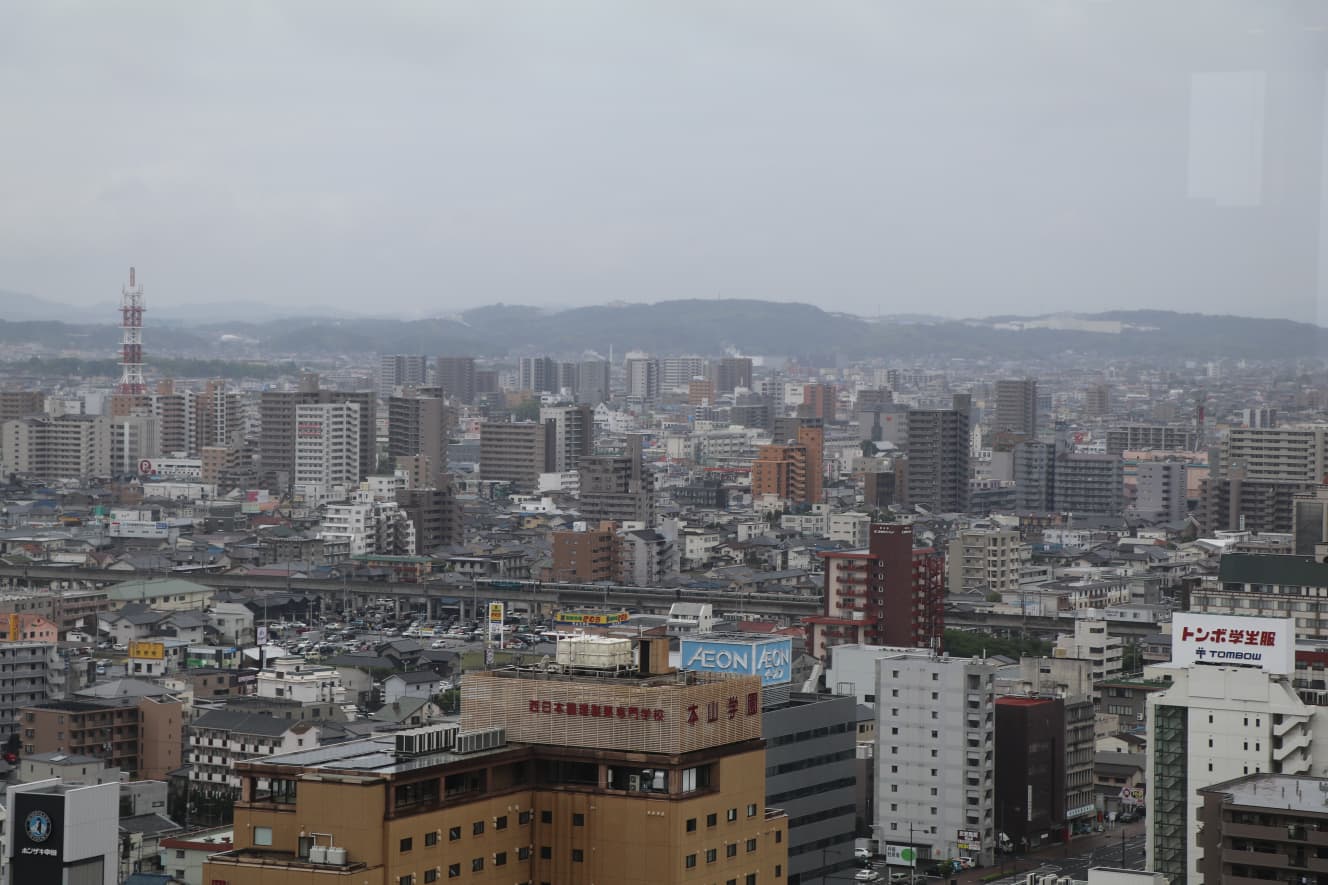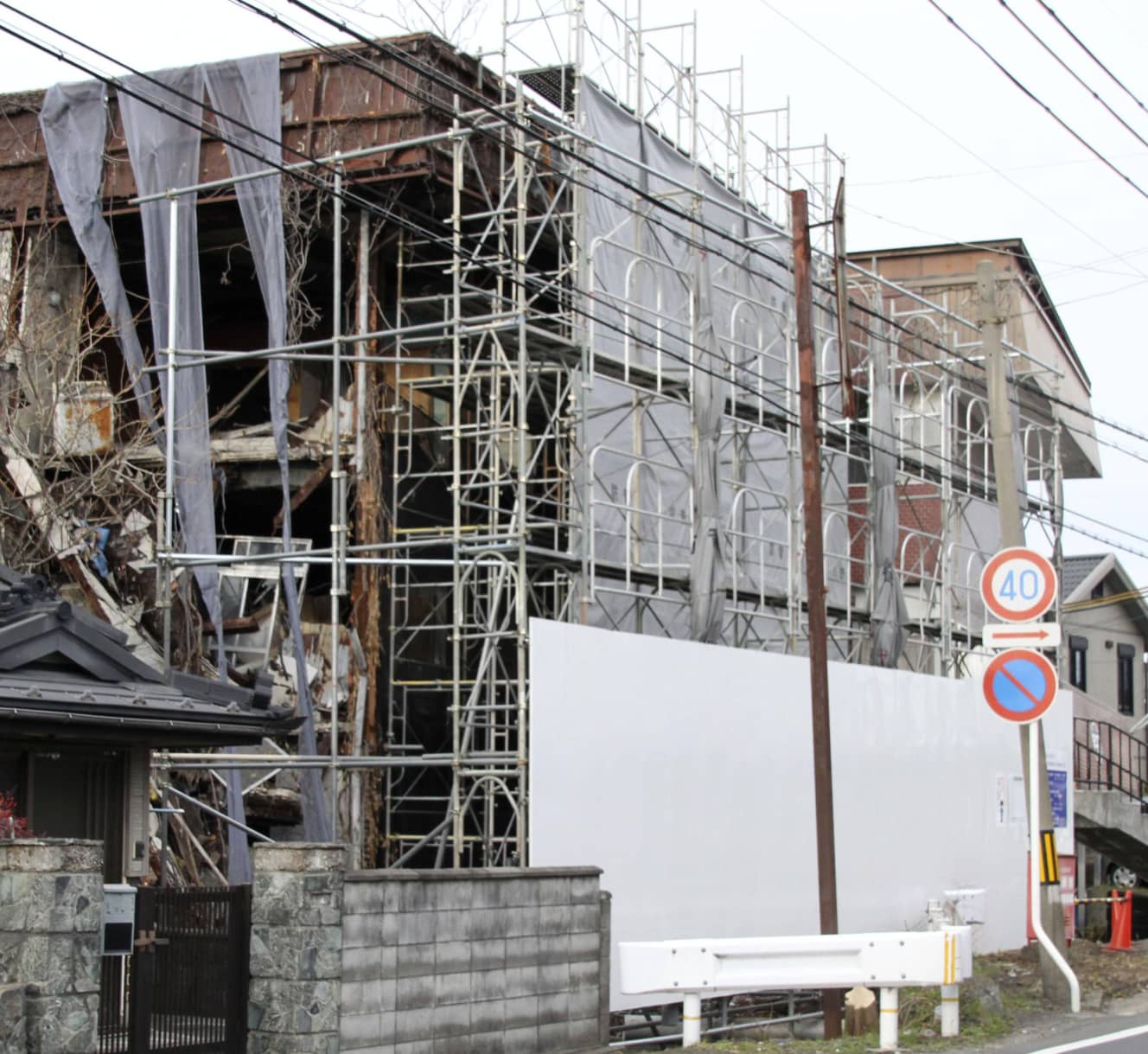Aging Condos, Aging Residents: The Hidden Crisis of Rising Costs and Decline in Japan’s Older Apartments

Risk of slumification in low-value condominiums
Trash overflows in common areas, elevators stop working, and rain and water leaks turn what was once a dream home into an uninhabitable ruin.
This kind of “slumification” of condominiums is now becoming a reality across Japan. Housing journalist Atsushi Sakaki, who has authored many books on real estate, warns, “Slumification is already happening in places out of the public eye. It is definitely progressing in condominiums with low asset value.”
So why is “slumification” being discussed now? The answer becomes clear when we understand the difference between condominiums with a high risk of slumification and those with a low risk. That’s because slumification is closely tied to a condominium’s asset value.
Sakaki explains, “Condominiums in high-end residential areas like Minato Ward have high value. If sold, they can fetch over 50 million yen, so even if someone defaults on management fees or repair reserve funds, the condominium association can recover those funds through legal action or negotiation. Slumification doesn’t occur.”
However, the situation is different for condominiums over 40 years old with a market value of less than 10 million yen. As buildings age, repair costs increase, and condos built before the 1981 Building Standards Law revision may require seismic upgrades. In addition, aging condominiums often have a high proportion of elderly owners.
According to the latest (FY2023) version of the Ministry of Land, Infrastructure, Transport and Tourism’s “Comprehensive Condominium Survey,” only 15% of units in condominiums aged 10 to 20 years have household heads aged 70 or older, but in buildings over 40 years old, that figure jumps to 55%.
As more residents become pensioners, it becomes difficult for them to bear high repair costs, and vacancies increase. “Elderly = financially vulnerable. This means more residents who cannot pay management fees or repair reserves,” Sakaki points out. Another serious issue is the existence of uncontactable owners.
“It’s not unusual for a 30-unit condo to have only 20 occupied, with the remaining owners unknown. Even checking the registry reveals that the owner has passed away, and the heir is unidentifiable. Even if the condo association hires a lawyer to locate the heir and sell the unit, if the condo is worth less than 10 million yen, the sale price may be lower than the unpaid fees,” says Sakaki (all quoted remarks are his).
Another growing issue is the dysfunction of condominium associations. This tends to be more pronounced in smaller, lower-value buildings.
“Many low-value condominiums have nominally functioning associations. No one wants the difficult job of collecting from delinquents. But because unpaid fees have a statute of limitations of five years, if there’s no will to hire a lawyer and pursue payment, those debts keep expiring. As a result, unpaid balances snowball.”
Once a condominium association becomes dysfunctional, not only are repairs delayed, but even basic management tasks such as elevator inspections, changing light bulbs in common areas, cleaning, and garbage disposal are neglected. Residents with financial means leave, and the building marches steadily toward slumification.

Residents were charged over 10 million yen in demolition costs
What’s accelerating the situation is the rapid surge in labor costs and prices over the past few years.
“Repair work costs have skyrocketed. For example, a job that could be done for 10 million yen ten years ago might now cost 20 million yen, and that wouldn’t be surprising. Labor costs for skilled workers haven’t risen dramatically, but there’s a labor shortage, making it hard to secure the necessary workforce. As a result, construction periods are prolonged. Since contractors can’t predict the schedule accurately, they have no choice but to charge extra to cover the risk.”
According to the FY2023 Comprehensive Condominium Survey, about 37% of condominiums have insufficient repair reserve funds compared to their long-term repair plans. This existing financial shortfall is further aggravated by rising construction costs.
“For example, in a condominium sold 40 years ago, the repair reserve fees were set according to market rates at that time. Now that construction costs have soared, those amounts fall far short. The condo board might propose an additional contribution of 1 million yen per unit, but in a building filled with pensioners, that proposal almost never passes.”
In condominiums over 40 years old, updating water supply and drainage systems becomes essential. The cost ranges from 1 million to 3 million yen per unit. When toilets and baths stop draining, or when pipe damage causes water to drip throughout the units, the building becomes uninhabitable.
Water leaks accelerate the deterioration of the building’s structure. The FY2023 survey reports that 20% of building defects are due to leaks, particularly prevalent in buildings over 40 years old.
The future of slumification is illustrated by the case of “Miwa Co-op” in Yasu City, Shiga Prefecture.
This condominium, where exterior walls and handrails collapsed and asbestos was exposed, was deemed a hazardous and harmful building. It was demolished in June 2020 under the Special Measures Act on the Promotion of Measures for Vacant Houses.
Yasu City carried out the demolition on behalf of the owners. Of the nine owners, eight were billed (one being untraceable). The cost: 13.12 million yen per person. Yet only three paid in full, one paid about half, and the remaining four have still not paid.
Slumification of low-value condominiums is rapidly progressing beneath the surface. Is your condominium safe? A day like that faced by the owners of Miwa Co-op might come for you, too.
PHOTO: Kyodo News